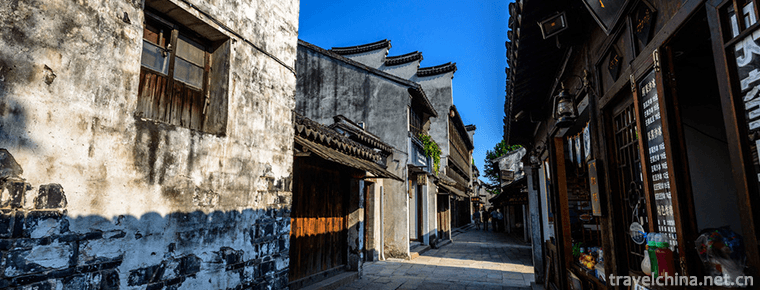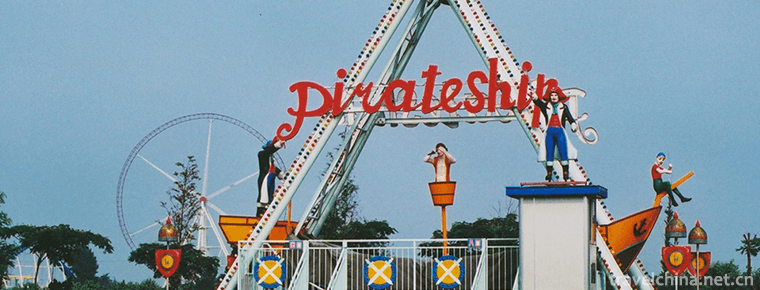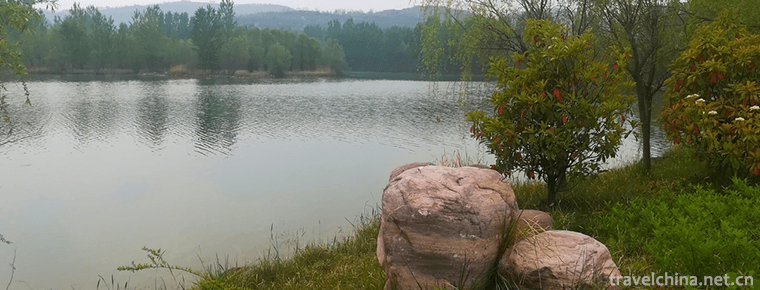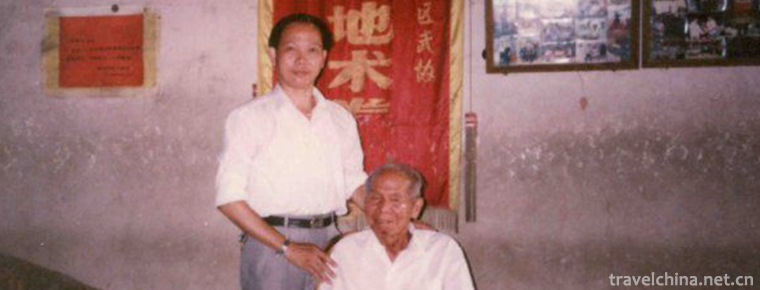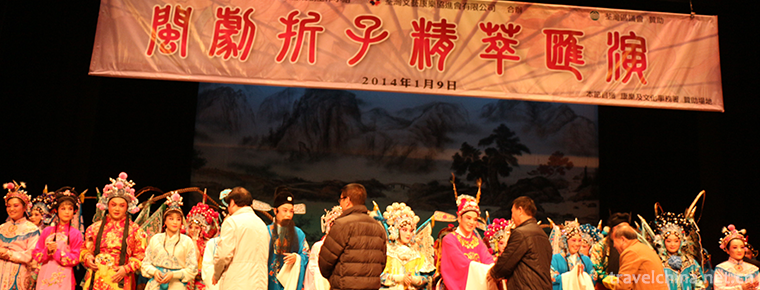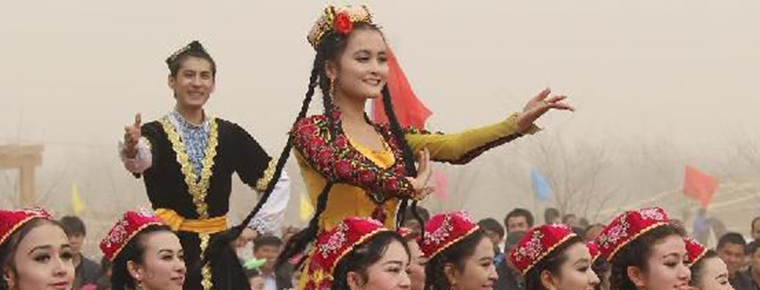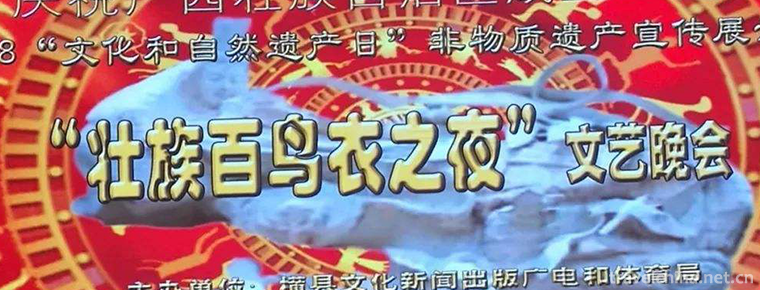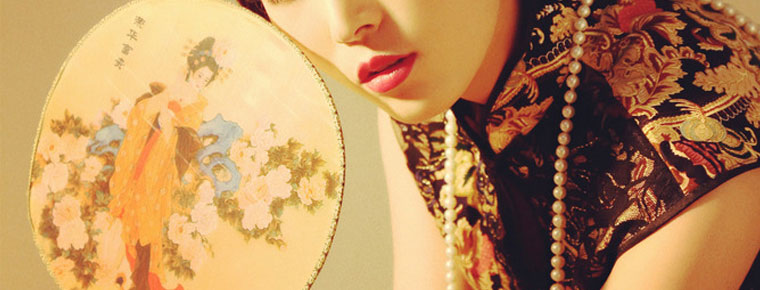Cham
Cham
The Yi epic, recorded in the old Yi language and widely circulated, describes the origin of all things in the Yi legend. The Yi people call it a "search" to describe the origin of a thing between heaven and earth. There are more than 120 "searches" in Cham, and only 11 "searches" have been collected.
In June 2008, Cham declared by Shuangbai County of Yunnan Province was listed in the second batch of national intangible cultural heritage list with the approval of the State Council.
historical origin
Cham is an epic written in the old Yi language and widely circulated.
"Cham" means the origin of all things. The Yi people call it "Cha" to describe the origin of a thing between heaven and earth. It is said that there are more than 120 "Cha" in "Cham". Only eleven "searches" have been collected. "In ancient times... There is no sky above,... No birds in the air,... No sun, no stars, no moon, no thunder and lightning. And he said, "In the oldest days, there was no land below... No vegetation growth, no green hills, no torrential sea, no rolling rivers. It holds that the whole universe is "heaven and earth are united together", "night and day cannot be distinguished." So what is this so-called "one piece" thing? It's "mist and dew". In specifying that "fog and dew" is the origin of the world, "Cham" pointed out that at the beginning of the world, "only fog and dew are in a mass, only fog and dew roll over," "there is a sky in the fog and dew, there is a ground in the fog and dew," "the fog and dew are vague in space,... Time is dim, time is dark and changeable, and time is clear, time is cloudy, year after year."
primary coverage
Cham talks a lot about the historical development of human beings. At the beginning of the world, "the mist and dew are so vague that it turns into a pool of green water. There is a girl in the water, named Sailie. His name is Edrova, who first created man." "The earliest generation of mankind,... The name is La Da, the next generation of La Da is La Tuo, and the next generation of La Tuo is La Wen. In the "Lady" era of human ancestors, people had only one eye. "This generation of one-eyed people can't talk, can't farm and spend time like wild animals. Fighting with tigers today, fighting with leopards tomorrow, people eat beasts, beasts also eat people,... Sometimes people eat people." This generation, "Old forests in deep mountains are houses, and caves in wild mountains are habitats. Stones are tools, sticks are weapons, leaves are clothes, cold water is thirsty, and wild fruits are hungry. Because the one-eyed generation "does not know how to grow grain", "does not tell the truth" and "neither grows nor grows", "so the Immortal King"Nenon Nizopo"and the gods consulted, determined to replace the"one-eyed"generation, by the goddess"Rottage Girl"with four ladles of water washed away all the dirt on the"one-eyed"person, so that the"one-eyed"person"white hair to black hair"and"rough hands". Tender hands, cracked feet closed, one-eyed eyes turned straight, and then he took off the leaf cap, took off the leaf clothes for him, told him to take off the green leaf pants and change his whole body into new clothes. This generation uses "branches as rafters, leaves as tiles, bark as panels and walls." And has learned to grow food crops. Developed to the "Raven" generation, "there are two horizontal eyes, two flat eyes toward the previous life", the image is exactly the same as modern people, they "knife in hand, axe pinned in the waist, to the mountains, cutting trees and planting dry land." Everything that is needed in the world is made.
Partial excerpt
One day, one night,
Pangu laid an egg.
Inside that egg,
Everything in the world is in it.
They can walk and move inside.
All kinds of seeds are in it, heaven and earth are in it.
The moon and the sun are inside, and the stars are inside.
Morning dew in it, and the woods in it.
People in the world are in it. That egg has three layers.
Eggskin becomes sky, and egg skin becomes sun, moon and stars.
The yolk turns to the ground, and that's how everything turns to be.
The earth has four hands, they support the sky;
There are four hands in the sky. They hold the ground.
The horizon and the horizon merge.
Heaven is a man and earth is a woman.
The moon is a man and the sun is a woman.
The star king in the sky is the moon and the sun.
Shuangbai Yi Epic "Cham"

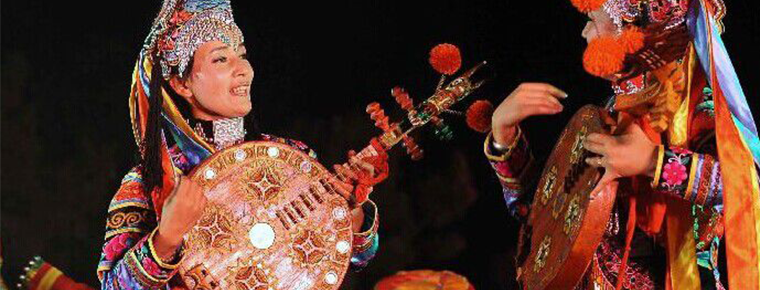
Cham
-
Nanxun ancient town Scenic Area
Nanxun Ancient Town is located in Nanxun District of Huzhou City, at the junction of Jiangsu, Zhejiang and Shanghai provinces.
Views: 249 Time 2018-12-07 -
Century Happy Park
Views: 369 Time 2018-12-19 -
Xiaolangdi Dam
Xiaolangdi, the Yellow River Xiaolangdi, is located in the Yellow River Xiaolangdi Scenic Area at the junction of Luoyang City and Jiyuan City, Henan Province.
Views: 347 Time 2019-02-25 -
Zha Quan
Zha Quan is one of the five major schools of traditional Chinese long boxing, which is widely spread among Hui people. It originated in Shandong Province
Views: 165 Time 2019-04-15 -
Di Shu boxing
Gejiquan is one of the rare traditional types of boxing in southern China, also known as "Gejiu Dog Method", "Dilong Quan" or "Dili Quan". It is commonly known as "D
Views: 448 Time 2019-04-26 -
Min Opera Fujian Opera
Fujian Opera is the only existing opera that sings and reads Bai in Fuzhou dialect. It is prevalent in central Fujian, Eastern Fujian and Northern Fujian, and spread to Taiwan and Southeast Asia. It i
Views: 175 Time 2019-06-05 -
Nuuziz Festival
The word "Nuruzi" comes from the ancient Iranian language and means "spring rainy day". On March 21 of each year, like the Spring Equinox, it means the arrival of spring. Uygur, Ta
Views: 311 Time 2019-06-08 -
The Story of the Hundred Birds Clothes of the Zhuang Nationality
At the beginning of liberation, Guangxi was a remote part of China at that time, but the appearance of Hundred Birds'Clothes showed that Guangxi was not a barren place for literature, and the minority
Views: 226 Time 2019-08-16 -
Chaohu University
Chaohu College (Chaohu University), located in Chaohu, Hefei, Anhui, Chaohu half soup hot spring health resort, is a Anhui provincial full-time undergraduate institutions, local application oriented i
Views: 199 Time 2019-11-08 -
Lingshan Temple
Lingshan temple is located in Mianning County, Liangshan Prefecture, Sichuan Province. It is 8 km away from Mianning County. It is the most famous temple in Liangshan Prefecture. It belongs to Mianning County as well as Xichang Satellite Launch Center.
Views: 191 Time 2020-10-16 -
Liushi Manorial Museum
Dayi Liushi manoral museum is located at No.15, Jingui street, Anren Town, Dayi County, Chengdu City, Sichuan Province. It is one of the important historical sites and representative buildings in modern China.
Views: 213 Time 2020-11-05 -
Cheongsam and fan
As the saying goes, the pipa is half covered. What did ancient beauties use to cover their faces? The first reaction must be a fan! Fans are also the most common accessories in ancient times. Men use paper fans and women use round fans. Chinese traditional fan culture
Views: 370 Time 2020-12-11
